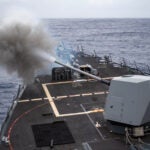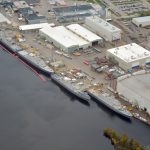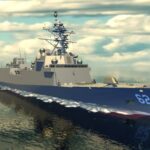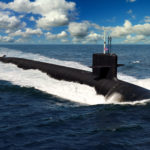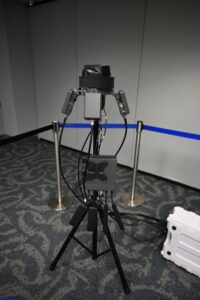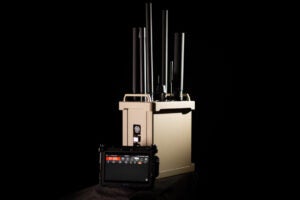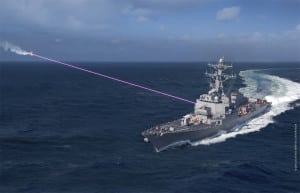
The Secretary of the Navy last week said the service plans to accelerate investment and deployment of weapons like the Lockheed Martin [LMT] high-energy laser with integrated optical-dazzler and surveillance (HELIOS) over the next five years to help defend against swarm attacks. Ahead of the Surface Navy Association’s annual symposium, Vice Adm. Brendan McLane, commander of Naval Surface Forces, also known as SWO Boss, said he wants to see the Navy accelerate deployment of directed energy weapons to defend against…

 By
By 